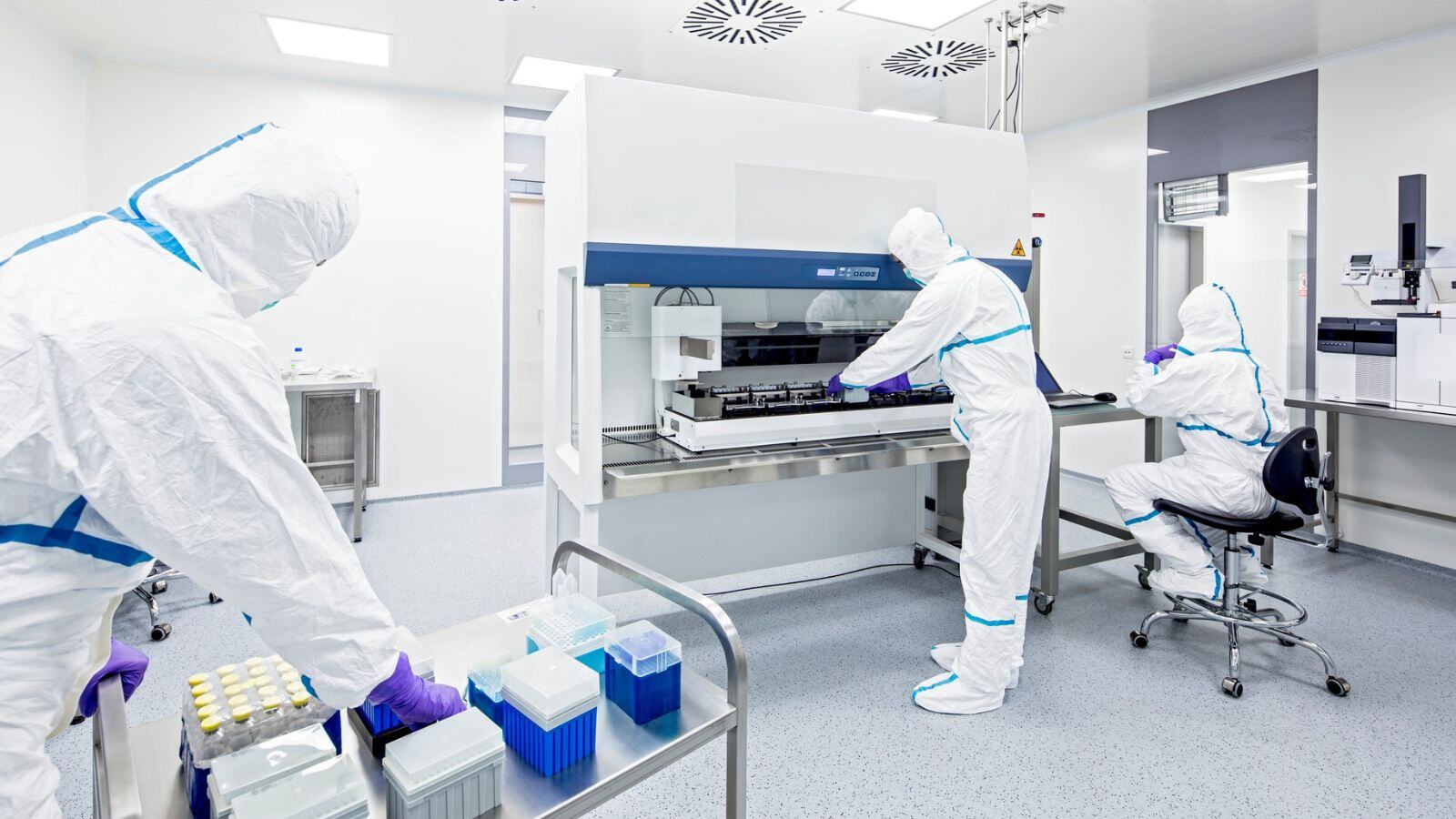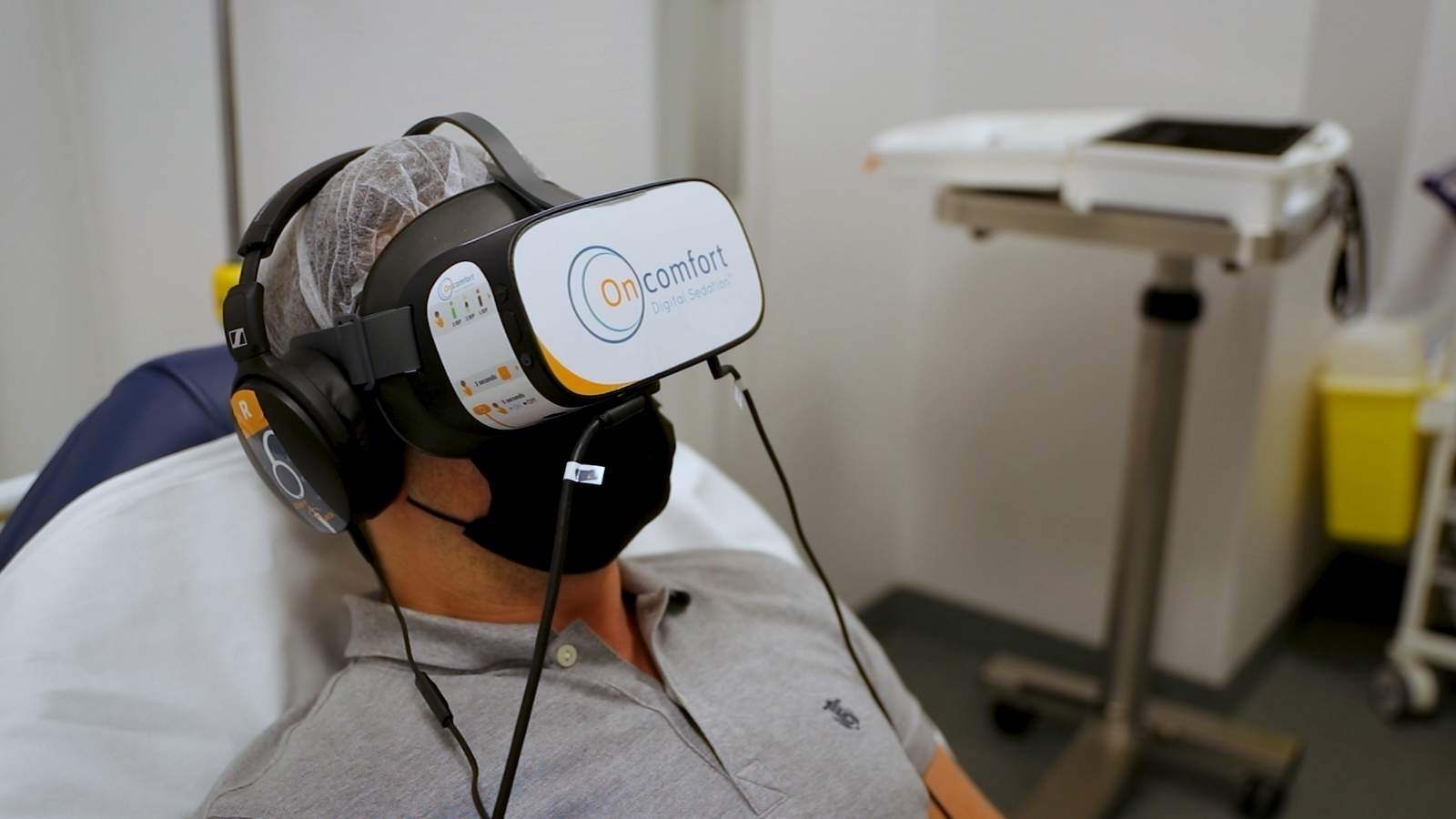In May 2022, the European Union (EU) ushered in the In Vitro Diagnostic Regulation (IVDR), marking a significant transition from the previous In Vitro Diagnostic Directive (IVDD).
This regulation carries far-reaching implications not only for legal manufacturers of in vitro diagnostic devices (IVDs) but also for Health Institutions engaged in in-house device development, known as Laboratory Developed Tests (LDTs) in the US or In-House Devices (IHDs) in the EU. LDTs and IHDs play a key role in global healthcare, allowing health institutions to develop specific diagnostic tools that are not mass-produced or commercially available.
Under specific conditions, European Health Institutions have the opportunity to secure a partial exemption from the IVDR for their IHDs. It’s important to emphasize that this exemption applies exclusively to European Health Institutions. Article 6 of the IVDR extends the requirement for commercial laboratories operating outside the EU but serving EU citizens to fully comply with the IVDR.
In this informative blog, we will delve into several critical subjects:
- Understanding the prerequisites to continue IHD production within the EU.
- Exploring the alterations in the updated ISO 15189:2022 standard.
- Unpacking the implications of MDCG 2023-1 Guidance regarding the Health Institution Exemption under Article 5(5) of the IVDR.
- Offering guidance on the immediate actions IHD manufacturers should take.
- Highlighting the role of QARAD in assisting in this process.
While US and EU regulatory frameworks share common objectives, there are differences between the two. In this blog post, we focus on the regulations in the EU.
Stay tuned as we navigate the complexities of IVDR compliance, ISO 15189:2022 updates, and the invaluable insights outlined in MDCG 2023-1.
Conditions for partial exemption and their deadlines
An EU-based Health Institution can only make use of the partial exemption to the IVDR if all of the following conditions have been met:
Compliance with General Safety and Performance Requirements (GSPR)
The Health Institution must have evidence that their IHD complies with all relevant GSPR of Annex I [IVDR article 5(5) 1st paragraph] and the IHD cannot be transferred to another legal entity [IVDR article 5(5)a]. For this latter condition, the MDCG 2023-1 provides examples of what can be understood as another legal entity.
Furthermore, the national competent authority may clarify how the concept of legal entity is to be understood nationally. Material distribution for external quality assessment is considered an exception (see IVDR Art. 1(3)).
Timeline: These conditions apply from 26 May 2022.
Appropriate Quality Management System in place
The Health Institution must manufacture and use the IHD under an appropriate quality management system [Article 5(5)b] and the laboratory of the health institution must be compliant with EN ISO 15189 or, where applicable, national provisions [Article 5(5)c]. Medical laboratories that use IHDs must comply with the EN ISO 15189 standard, which was recently updated to the 2022 version.
What is ISO 15189:2022?
ISO 15189:2022 specifies quality and competence requirements for medical laboratories. ISO 15189 applies not only to medical laboratories that wish to develop a quality management system to establish their competence but also to users, regulatory authorities, and accreditation bodies confirming or recognizing the competence of medical laboratories.
ISO 15189:2022 vs. 2012: main changes
The main changes since the previous version are:
- Alignment with ISO/IEC 17025:2017 – General Requirements For The Competence Of Testing And Calibration Laboratories.
- Requirements in ISO 22870:2016 for point-of-care testing (POCT) have been incorporated and is a new inclusion in the standard’s scope.
- Increased emphasis on risk management.
- New terms & definitions: e.g., in vitro diagnostic medical device (IVD), external quality assessment, trueness/measurement trueness, and others.
Relation with other relevant standards
While a QMS established in accordance with ISO 15189 is generally accepted among the medical laboratory community, the MDCG 2023-1 confirms that compliance with EN ISO 15189 alone is not sufficient to cover the manufacture of IHDs.
The QMS should extend to other areas necessary for IVDR compliance, including risk management and manufacturing, by using appropriate standards, particularly if they are harmonized with the IVDR.
MDCG 2023-1 suggests that elements of ISO 13485 (medical devices) and ISO 14971 (risk management) should be incorporated into the QMS. IHD manufacturers will need to determine the best way to comply with ISO 15189 and the IVDR requirements in Annex I concurrently.
Timeline: These conditions apply from 26 May 2024.
Unpacking the implications of MDCG 2023-1 Guidance regarding the Health Institution exemption under article 5(5) of the IVDR
The Health Institution must justify in its documentation that the target patient group’s specific needs cannot be met, or cannot be met at the appropriate level of performance, by an equivalent device available on the market [Article 5(5)d].
The use of CE-marked IVDs is the default option under the IVDR. Only when no equivalent CE-marked IVD is available, or when an equivalent CE-marked IVD cannot meet the specific needs of a target patient group at the appropriate level of performance, is the use of an IHD permitted.
This implies that an IHD can be used when it performs better than an already CE-marked device, i.e., when its use benefits patient safety and health.
A written statement justifying the manufacture, modification, and use of an IHD should be documented and available for review by the national competent authority, which judges the justification’s validity.
MDCG 2023-1 provides further clarity that the justification can be based on technical, biological, or clinical aspects of the device, e.g., different intended purposes, different clinical conditions, different patient groups, different conditions of use, different principles of operation, different approved specimen materials, different critical performance characteristics, or different critical technical specifications.
To establish that an equivalent CE-marked device does not exist, MDCG 2023-1 recommends that medical laboratories implement a process in their QMS to examine the market, for example, by consulting EUDAMED, the European database on medical devices, or other processes. Furthermore, the justification should be reviewed regularly in view of its findings.
Timeline: This condition applies from 26 May 2030. Please note that the competent authority may submit requests for information from 26 May 2024.
Additional requirements for IHDs
Information upon request
The Health Institution must provide information upon request on the use of such IHDs to its competent authority, which shall include a justification for their manufacturing, modification, and use [Article 5(5)e].
Timeline: This condition applies from 26 May 2024.
Public declaration
The Health Institution must also draw up a declaration which it shall make publicly available [article 5(5)f].
This declaration must include information such as the name and address of the manufacturing health institution, the details of the IHD, and confirmation that the device meets the GSPRs set out in Annex I of the IVDR.
Where a GSPR is not met in full, an appropriate justification is required. This is best addressed using a GSPR checklist that should be prepared for the in-house device. Annex A of MDCG 2023-1 provides a template for this public declaration.
Timeline: This condition applies from 26 May 2024.
Documentation for Class D Devices
For devices considered Class D, the Health Institution must draw up documentation that makes it possible to understand the manufacturing facility, the manufacturing process, the design and performance data of the devices, including the intended purpose, and that is sufficiently detailed to enable the competent authority to ascertain that the general safety and performance requirements set out in Annex I to this Regulation are met.
Member States may also apply this provision to Class A, B, or C devices in accordance with the rules set out in Annex VIII [article 5(5)g]. Furthermore, the Health Institution must take all necessary measures to ensure that all devices are manufactured in accordance with the documentation [Article 5(5)h].
Timeline: These conditions apply from 26 May 2024.
Review of clinical use experience
The Health Institution must review the experience gained from the clinical use of the devices and take all necessary corrective actions [Article 5(5)i].
The strategy for evaluating the use of the IHD should be aligned with post-market surveillance requirements, and a documented procedure should be in place.
Timeline: This condition applies from 26 May 2024.
The term "Industrial Scale"
The very last sentence of article 5(5) adds an additional factor on which the exemption hinges; the concept of the IHDs not being manufactured on an industrial scale. The term “industrial scale” is addressed in MDCG 2023-1, suggesting that industrial scale is not simply defined by the number of devices manufactured but is also related to commercial aspects.
If the manufacturing activity of an IHD is carried out for commercial purposes, it should be considered production on an industrial scale.
The spirit behind the exemption provisions in article 5(5) is that this should only apply to devices produced by health institutions to meet a patient group’s specific needs, and therefore, the manufacturing process should not produce more than the estimated number of required devices.
Thus, industrial scale is not synonymous with “mass production” nor does the analysis of a large number of patients automatically mean the production is on an industrial scale.
What steps should IHD manufacturers in the EU take right now?
Review the IVDR
Review the IVDR and establish the appropriate regulatory framework for your unique circumstances. Health institutions based in Europe can make use of Article 5(5) in the IVDR to continue manufacturing IHDs if they meet all the predefined conditions.
Laboratories that provide testing on European patients but are based outside of the EU (article 6 distance sales), cannot make use of the partial exemption and therefore must meet the IVDR in full if they wish to continue providing testing on EU specimens.
These non-EU-based Health Institutions will be considered Manufacturers under the IVDR and will have to meet all obligations imposed on them in that role.
Review the assay portfolio
Review the assay portfolio and identify which are IHDs vs. CE-marked IVDs. Keep in mind that when a Health Institution uses a CE-marked IVD outside of its intended purpose or not in accordance with the Instructions For Use provided by the legal manufacturer, the Health Institution can be considered the manufacturer of an IHD.
Review the possible classification of your IHD
For Health Institutions based in the EU: Review the possible classification of your IHD against Annex VIII of the IVDR. IHDs that fall in Class D will have stricter requirements to fulfil (see above conditions).
Ensure all conditions have been met for your laboratory
Ensure all conditions have been met for your laboratory to continue manufacturing IHDs. As of May 2022, for all IHDs, you should have documented their compliance with the General Safety and Performance Requirements, and these devices can no longer be transferred to another legal entity.
If you are not sure if your institution can be considered a Health Institution, you may need to seek clarification from your national competent authority.
Familiarize yourself with the deadlines for applicable conditions
Familiarize yourself with the deadlines for each condition that applies. For example, some requirements have applied since May 2022 (e.g., prohibition to transfer devices to another legal entity), whereas others will become applicable from May 2024 (e.g., ISO 15189 implementation) or May 2028* (e.g., written justification for unmet needs of specific target patient groups). Where relevant, ensure that you have documented evidence to support your obligations under article 5(5).
*As per proposal 2024/0021 to extend the transitional provisions of Regulation (EU) 2017/746 (IVDR) this deadline has been deferred to May 26th 2030. This proposal is expected to be adopted by the EU council end of May 2024 and will be enforced after publication in the official journal of the European Union (OJEU).
Implement a suitable Quality Management System
Implement a suitable Quality Management System. ISO 15189:2022 has recently been published and has introduced several changes compared to ISO 15189:2012.
However, as a minimum, your quality management system will need to be supplemented with additional controls from other key medical device standards such as ISO 14971 and ISO 13485.
The QMS should also include a process for obtaining information about equivalent CE-marked devices that become available on the market.
Have processes and templates in place
Have processes and templates in place for drawing up the public declaration on the IHD.
The role of Qarad, part of the QbD Group
Qarad’s consultants have more than 30 years of experience in Regulatory Affairs and Quality Assurance in the IVD Medical Devices industry.
With the introduction of the IVDR, the requirements for IHDs have grown significantly. Whether you are a health institution in the EU or a commercial laboratory outside of the EU, we can assist you in developing a compliance strategy.
- Providing regulatory support in your assessment of the regulatory route to follow.
- Assessment of all conditions in article 5(5).
- Classification of your devices.
- Creation and completion of GSPR checklists.
- Drawing up the required technical documentation.
- Gap assessment of your QMS system:
- ISO 13485:2016 gap analysis, maintenance & implementation.
- ISO 15189:2022 gap analysis, maintenance & implementation.
- IVDR gap analysis, maintenance & implementation.
- Workshop on risk management.
- IVDR Training.
- Support in setting up a Post Market Surveillance (PMS) procedure as well as drawing up the necessary PMS documentation.



















.png)

.jpg)
